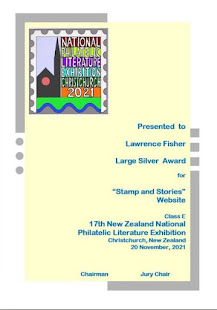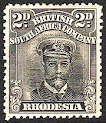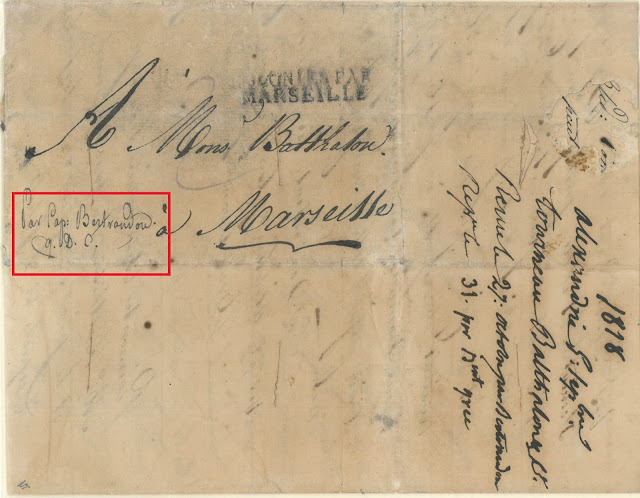Let's face it. Do we really want to get on a flight where they drop the temperature so low that icicles form on your nose and you have to wear a mask throughout the flight while your legs are dangling in the aisle because there is no leg room? Well, of course we do. It is the quickest way to get somewhere, although the most uncomfortable.
Since 9/11 or it should be 11/9, the security checks are long and since corona, the corona check is even longer. But since the early seventies, Israel-bound flights were always under the highest security. There was always the risk of a terrorist attack or a hijacking.
However not every airline took the same precautions. November 21 1974 British Airways flight BA870 flew from London to Brunei via Beirut, Dubai, Calcutta and Singapore. The flight had about 48 people on board, crew and passengers. At Dubai, four Palestinian terrorists, members of the Abu Nidal Organization, disguised as airport workers, approached the aircraft firing weapons, shooting an Indian stewardess who was standing on the plane's steps. The terrorists forced their way on to the aircraft and threatened to destroy the aircraft and kill the passengers, demanded that the aircraft should be refueled. With the agreement of the Dubai authorities and of British Airways, the aircraft was refueled and permitted to take off from Dubai. They wanted to return to Beirut, Lebanon but were refused entry with the excuse that the airport was closed.
The aircraft flew directly to Tripoli, Libya, where it landed and was refueled and took off bound for Tunis, arriving there on 22 November 1974. No one knew what they were demanding. In Tunis the hijackers finally made their demands:
- The release of Palestinian terrorists held in Cairo, Egypt.
- The release of two jailed Palestinian terrorists in Holland.
- An admission by Britain that the establishment of Israel was a crime.
The Abu Nidal Organization (ANO) after it split from the Palestinian Liberation Organization (PLO) in 1974, over a dispute regarding the establishment of diplomatic ties with Israel. The ANO wanted Israel destroyed! Abu Nidal is the alias name of Sabri al-Banna. His nom de plume actually means "father of the struggle" in Arabic.
Egypt and Holland did not immediately negotiate and the hijackers stuck to their demand for the release of 7 Palestinians held in Cairo and Holland. They set a deadline of 24 hours and promised to execute a hostage every two hours past that time. When no progress was visible after 24 hours they murdered a German Banker and dropped his body to the ground from the aft passenger door. Negotiations resulted in the Cairo-held Hostages being brought to the plane in exchange for 7 Hostages. The terrorists held in Egypt where actually only under house arrest in Cairo for the firebombing of a Pan American 707 jetliner at Rome Airport the previous year in which 32 people were killed.
The terrorists held in Holland were serving five‐year prison sentences for another hijacking, almost a slap on the wrist. When the two terrorists from Holland arrived, the remaining hostages were released, leaving only a three member crew.
The hijackers were informed over the radio that all Arab governments as well as the Palestinian Liberation Organization (PLO) had condemned their action and they became desperate,. They then requested political asylum in Tunisia which was rejected. They were ordered to surrender. The hijackers refused and set two deadlines for their demand for asylum to be met otherwise they would blow up the aircraft and their hostages. Time passed and deadlines went but the crew was still held inside with various explosives set around the cockpit.
After an ordeal totaling 84 hours a hijacker came to the cockpit and informed them that they had decided to surrender. It was over!
On board was a huge amount of mail, about 2.5 tons, most originating from the the UK between the 16th and 20th November 1974, and was destined for the Far East and Australasia. The mail was undamaged and returned to the UK onboard. Strangely only mail destined for Western Australia, received a two line instructional message: "Delayed en route -Aircraft Hi-Jack". This was probably added in Perth.
Less than 50 covers are known with this message and to date it is the only known message for a hijacking.
For more information see:





















































